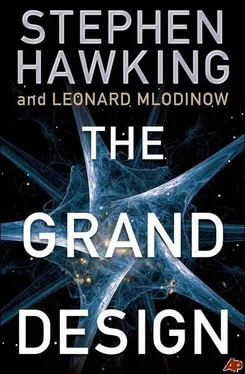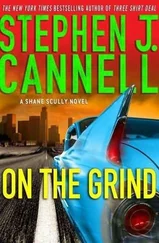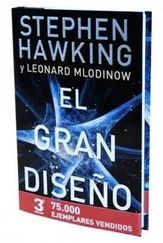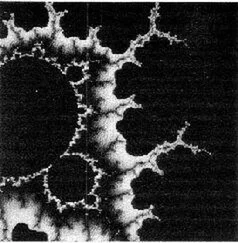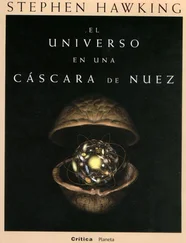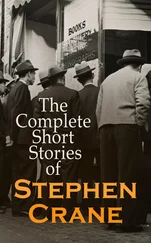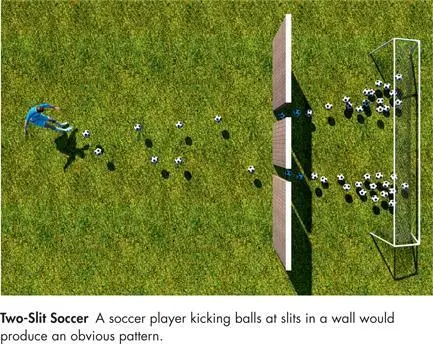
In the Austrian experiment, opening the second gap did indeed increase the number of molecules arriving at some points on the screen-but it decreased the number at others, as in the figure below. In fact, there were spots where no buckyballs landed when both slits were open but where balls did land when only one or the other gap was open. That seems very odd. How can opening a second gap cause fewer molecules to arrive at certain points?

We can get a clue to the answer by examining the details. In the experiment, many of the molecular soccer balls landed at a spot centered halfway between where you would expect them to land if the balls went through either one gap or the other. A little farther out from that central position very few molecules arrived, but a bit farther away from the center than that, molecules were again observed to arrive. This pattern is not the sum of the patterns formed when each gap is opened separately, but you may recognize it from Chapter 3 as the pattern characteristic of interfering waves. The areas where no molecules arrive correspond to regions in which waves emitted from the two gaps arrive out of phase, and create destructive interference; the areas where many molecules arrive correspond to regions where the waves arrive in phase, and create constructive interference.
In the first two thousand or so years of scientific thought, ordinary experience and intuition were the basis for theoretical explanation. As we improved our technology and expanded the range of phenomena that we could observe, we began to find nature behaving in ways that were less and less in line with our everyday experience and hence with our intuition, as evidenced by the experiment with buckyballs. That experiment is typical of the type of phenomena that cannot be encompassed by classical science but are described by what is called quantum physics. In fact, Richard Feynman wrote that the double-slit experiment like the one we described above “contains all the mystery of quantum mechanics.”
The principles of quantum physics were developed in the first few decades of the twentieth century after Newtonian theory was found to be inadequate for the description of nature on the atomic-or subatomic-level. The fundamental theories of physics describe the forces of nature and how objects react to them. Classical theories such as Newton’s are built upon a framework reflecting everyday experience, in which material objects have an individual existence, can be located at definite locations, follow definite paths, and so on. Quantum physics provides a framework for understanding how nature operates on atomic and subatomic scales, but as we’ll see in more detail later, it dictates a completely different conceptual schema, one in which an object’s position, path, and even its past and future are not precisely determined. Quantum theories of forces such as gravity or the electromagnetic force are built within that framework.
Can theories built upon a framework so foreign to everyday experience also explain the events of ordinary experience that were modeled so accurately by classical physics? They can, for we and our surroundings are composite structures, made of an unimaginably large number of atoms, more atoms than there are stars in the observable universe. And though the component atoms obey the principles of quantum physics, one can show that the large assemblages that form soccer balls, turnips, and jumbo jets-and us-will indeed manage to avoid diffracting through slits. So though the components of everyday objects obey quantum physics, Newton’s laws form an effective theory that describes very accurately how the composite structures that form our everyday world behave.
That might sound strange, but there are many instances in science in which a large assemblage appears to behave in a manner that is different from the behavior of its individual components. The responses of a single neuron hardly portend those of the human brain, nor does knowing about a water molecule tell you much about the behavior of a lake. In the case of quantum physics, physicists are still working to figure out the details of how Newton’s laws emerge from the quantum domain. What we do know is that the components of all objects obey the laws of quantum physics, and the Newtonian laws are a good approximation for describing the way macroscopic objects made of those quantum components behave.
The predictions of Newtonian theory therefore match the view of reality we all develop as we experience the world around us. But individual atoms and molecules operate in a manner profoundly different from that of our everyday experience. Quantum physics is a new model of reality that gives us a picture of the universe. It is a picture in which many concepts fundamental to our intuitive understanding of reality no longer have meaning.
The double-slit experiment was first carried out in 1927 by Clinton Davisson and Lester Germer, experimental physicists at Bell Labs who were studying how a beam of electrons-objects much simpler than buckyballs-interacts with a crystal made of nickel. The fact that matter particles such as electrons behave like water waves was the type of startling experiment that inspired quantum physics. Since this behavior is not observed on a macroscopic scale, scientists have long wondered just how large and complex something could be and still exhibit such wavelike properties. It would cause quite a stir if the effect could be demonstrated using people or a hippopotamus, but as we’ve said, in general, the larger the object the less apparent and robust are the quantum effects. So it is unlikely that any zoo animals will be passing wavelike through the bars of their cages. Still, experimental physicists have observed the wave phenomenon with particles of ever-increasing size. Scientists hope to replicate the buckyball experiment someday using a virus, which is not only far bigger but also considered by some to be a living thing.
There are only a few aspects of quantum physics needed to understand the arguments we will make in later chapters. One of the key features is wave/particle duality. That matter particles behave like a wave surprised everyone. That light behaves like a wave no longer surprises anyone. The wavelike behavior of light seems natural to us and has been considered an accepted fact for almost two centuries. If you shine a beam of light on the two slits in the above experiment, two waves will emerge and meet on the screen. At some points their crests or troughs will coincide and form a bright spot; at others the crests of one beam will meet the troughs of the other, canceling them, and leaving a dark area. The English physicist Thomas Young performed this experiment in the early nineteenth century, convincing people that light was a wave and not, as Newton had believed, composed of particles.
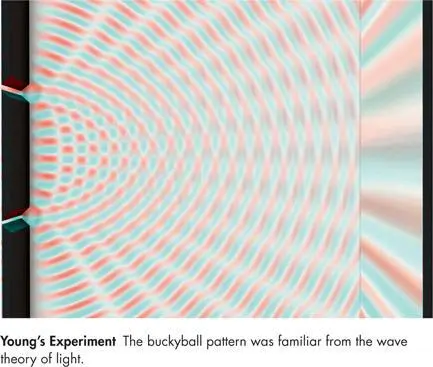
Though one might conclude that Newton was wrong to say that light was not a wave, he was right when he said that light can act as if it is composed of particles. Today we call them photons. Just as we are composed of a large number of atoms, the light we see in everyday life is composite in the sense that it is made of a great many photons-even a 1-watt night-light emits a billion billion each second. Single photons are not usually evident, but in the laboratory we can produce a beam of light so faint that it consists of a stream of single photons, which we can detect as individuals just as we can detect individual electrons or buckyballs. And we can repeat Young’s experiment employing a beam sufficiently sparse that the photons reach the barrier one at a time, with a few seconds between each arrival. If we do that, and then add up all the individual impacts recorded by the screen on the far side of the barrier, we find that together they build up the same interference pattern that would be built up if we performed the Davisson-Germer experiment but fired the electrons (or buckyballs) at the screen one at a time. To physicists, that was a startling revelation: If individual particles interfere with themselves, then the wave nature of light is the property not just of a beam or of a large collection of photons but of the individual particles.
Читать дальше
